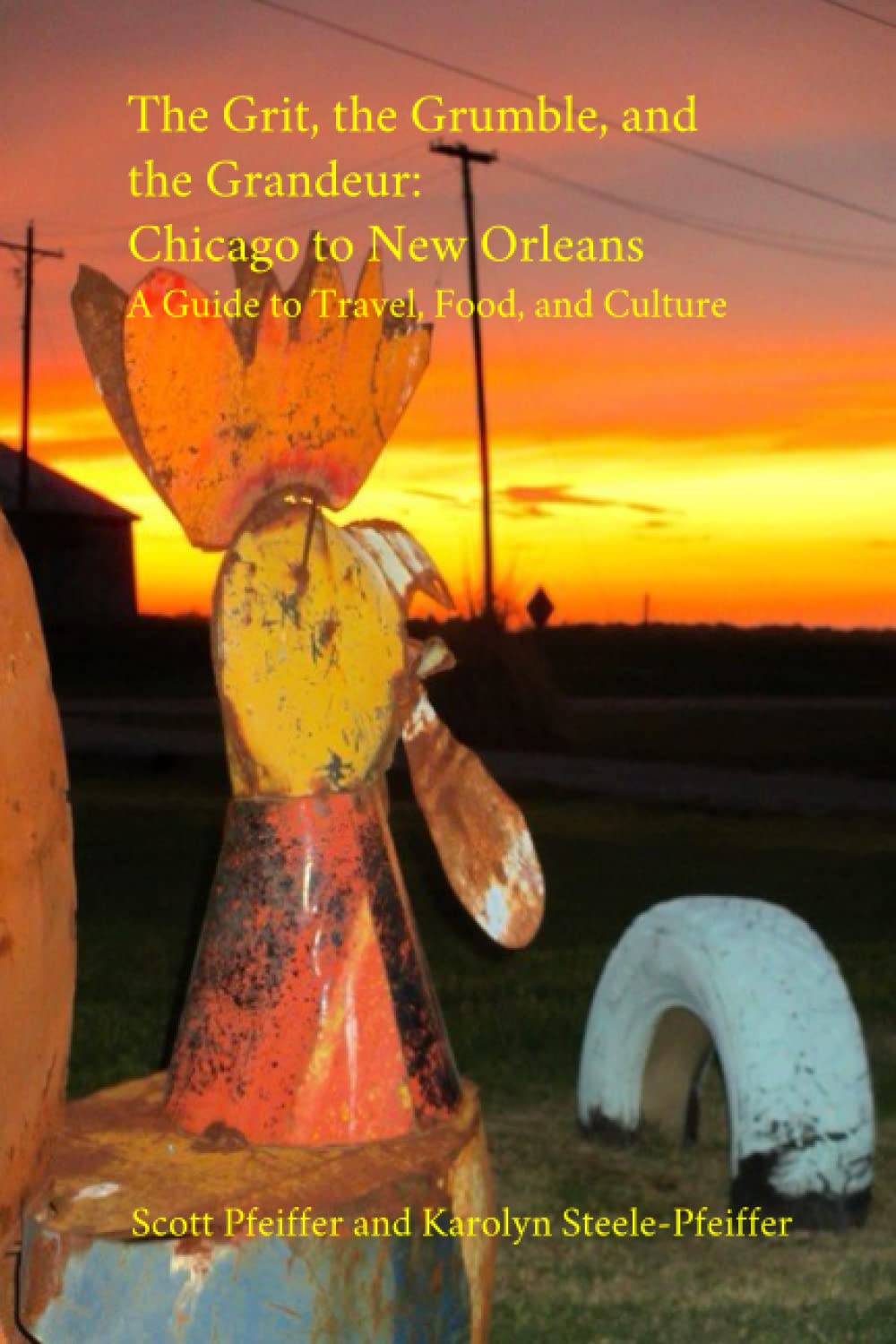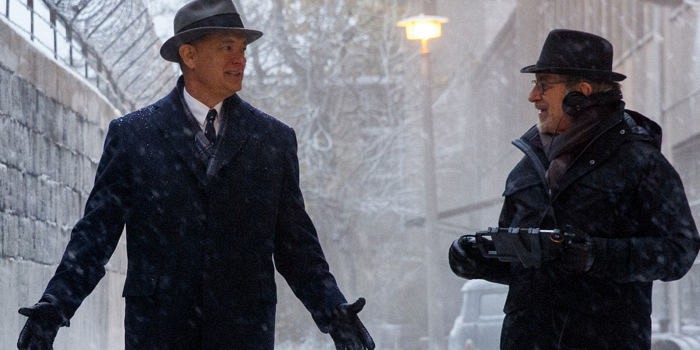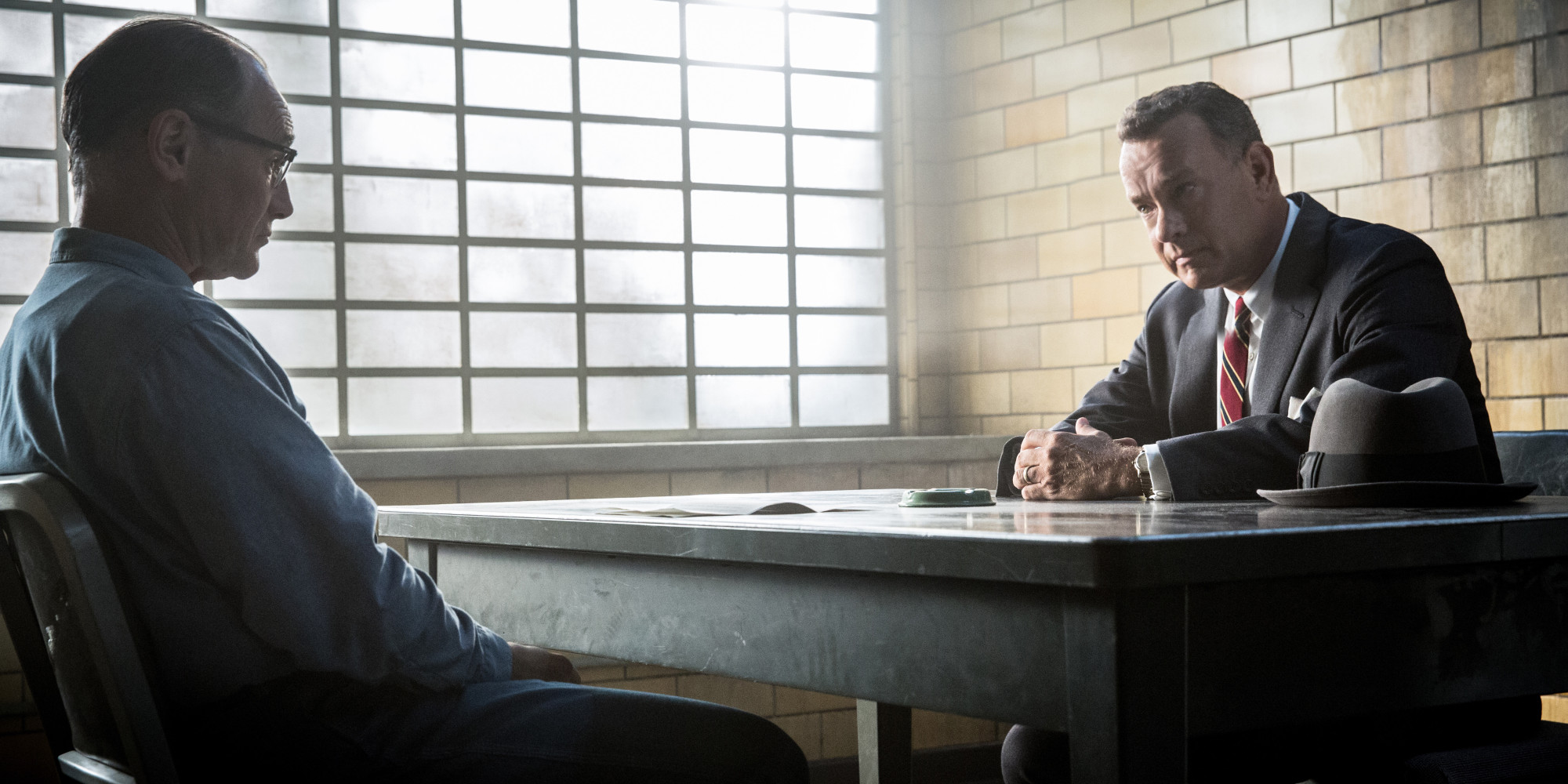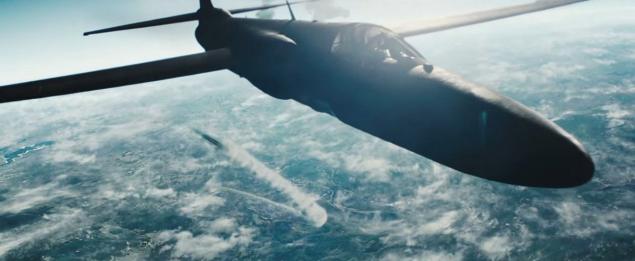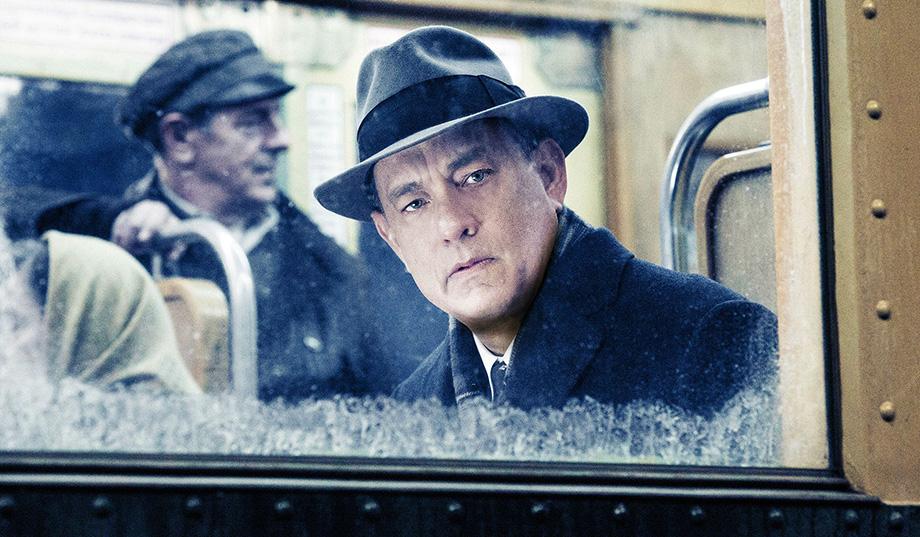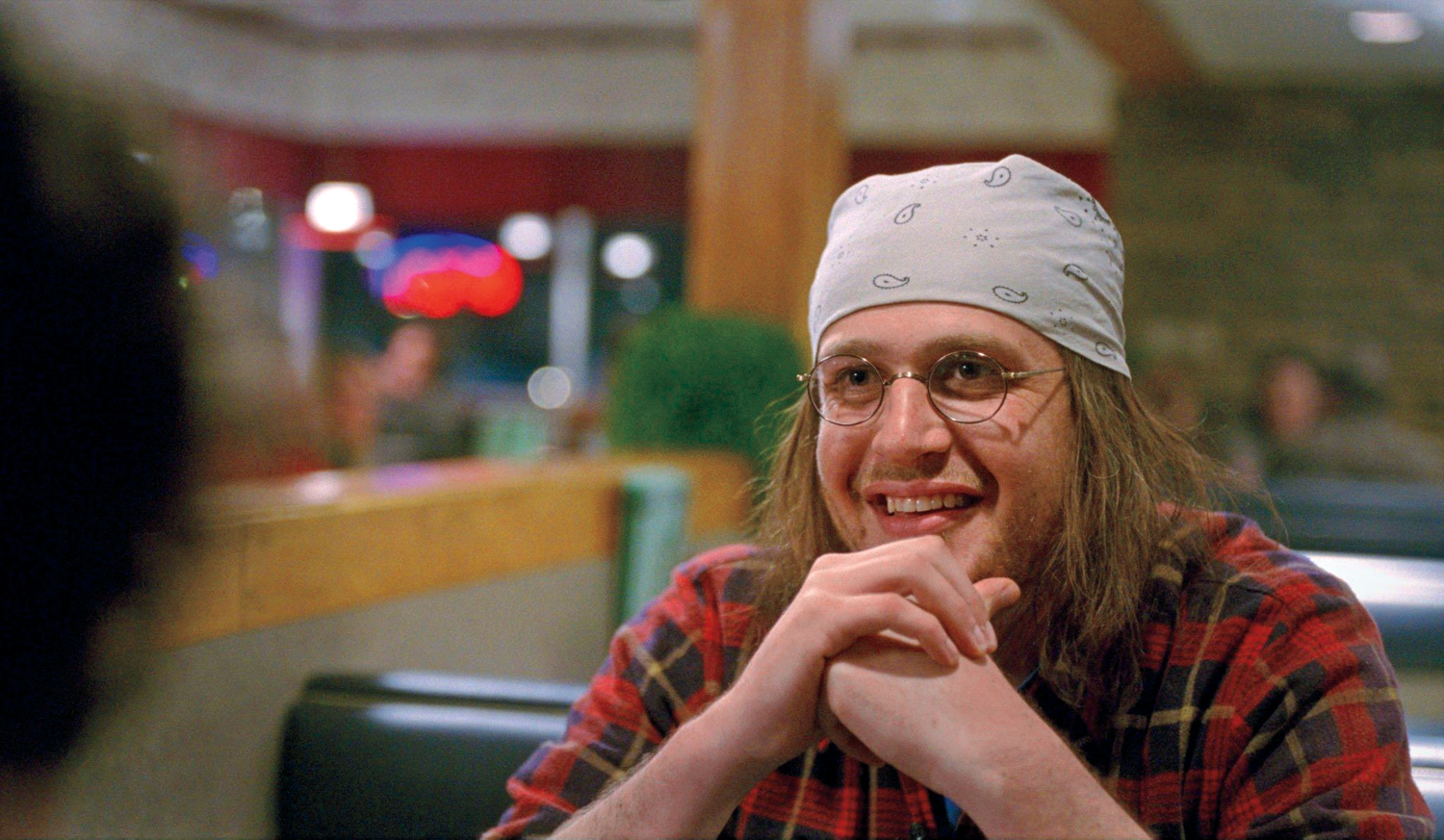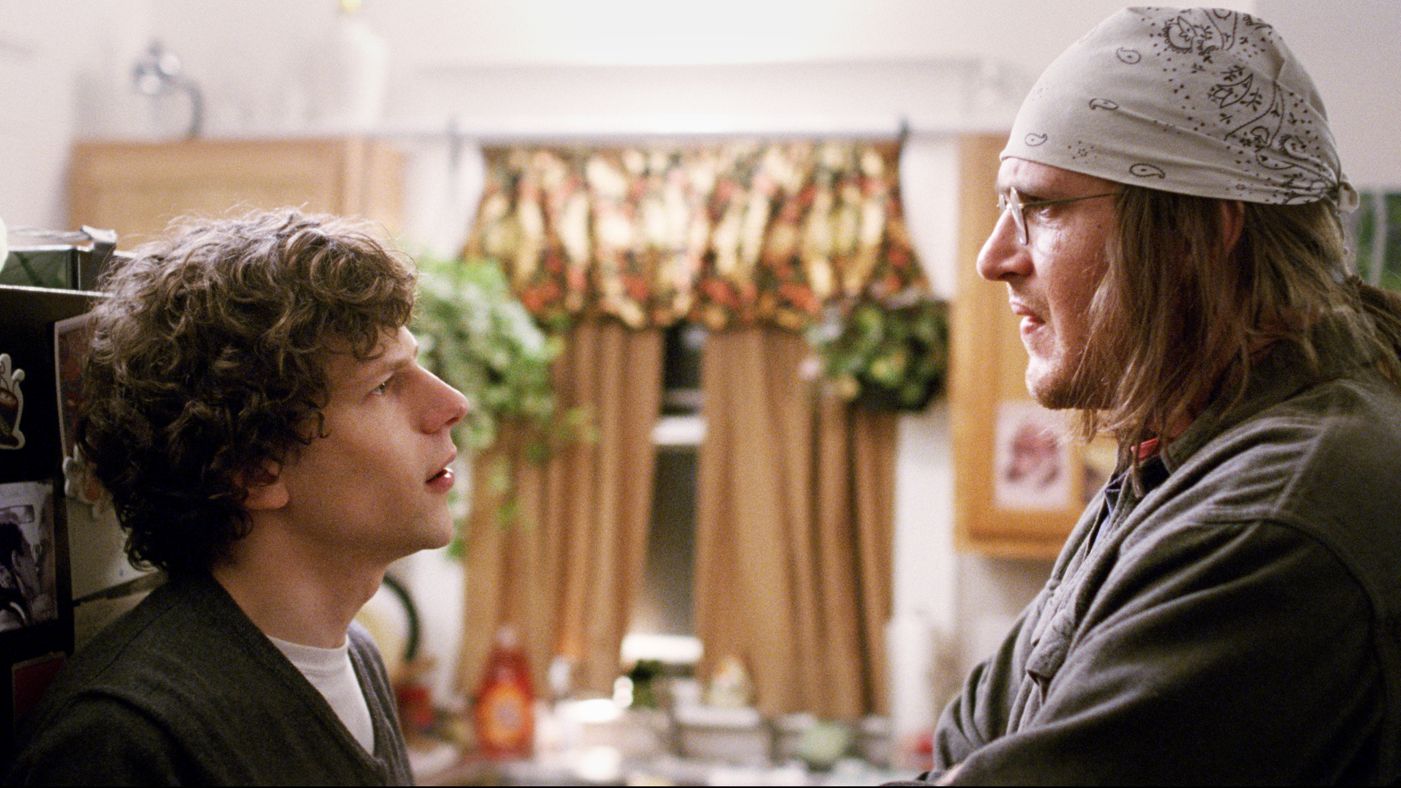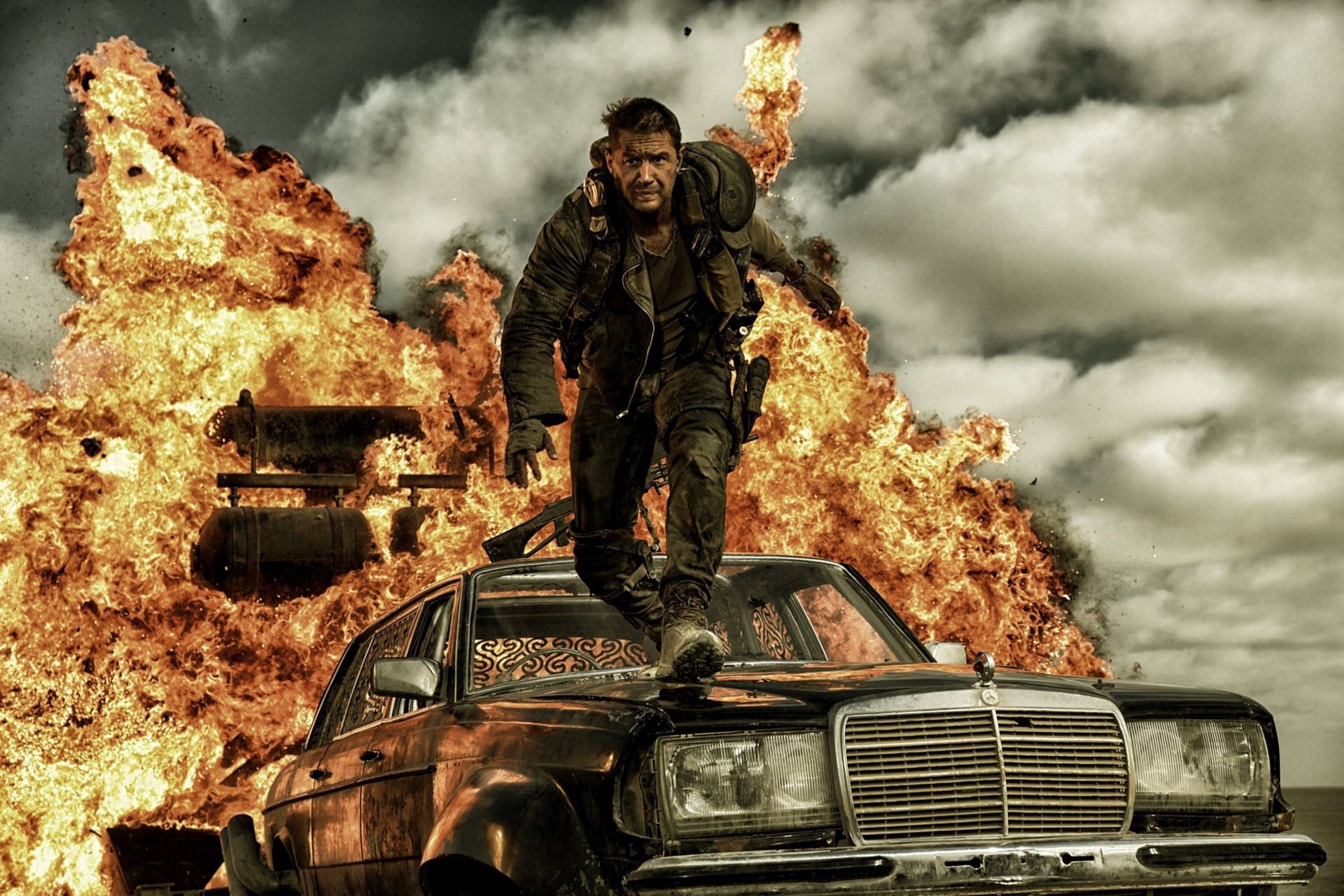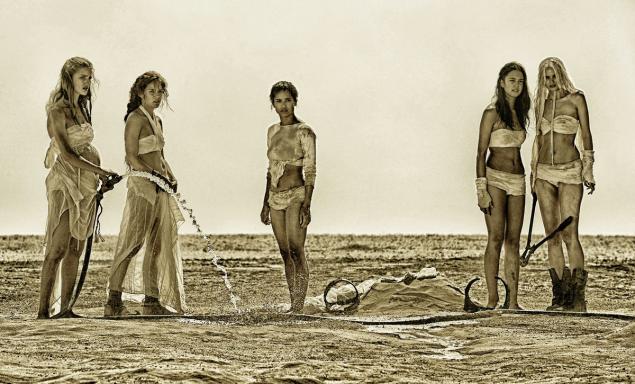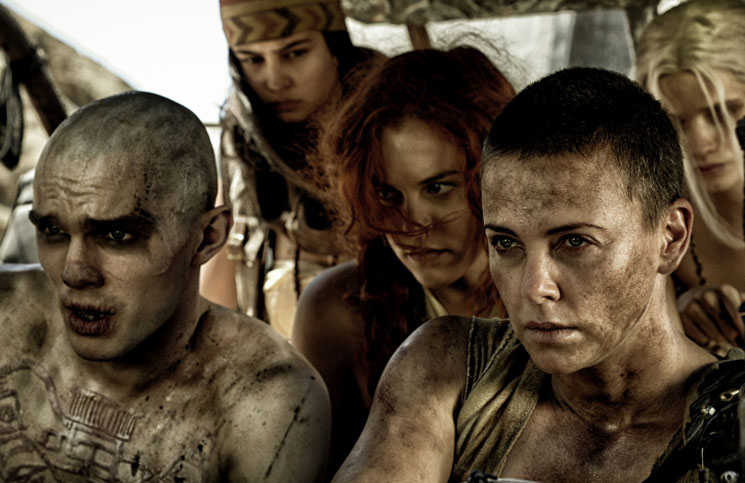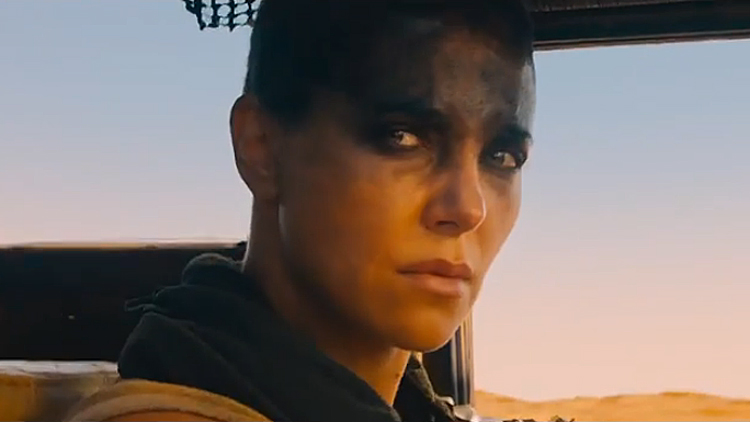Heart of a Dog
 Scott Pfeiffer
Scott Pfeiffer  Wednesday, November 18, 2015 at 12:03PM
Wednesday, November 18, 2015 at 12:03PM 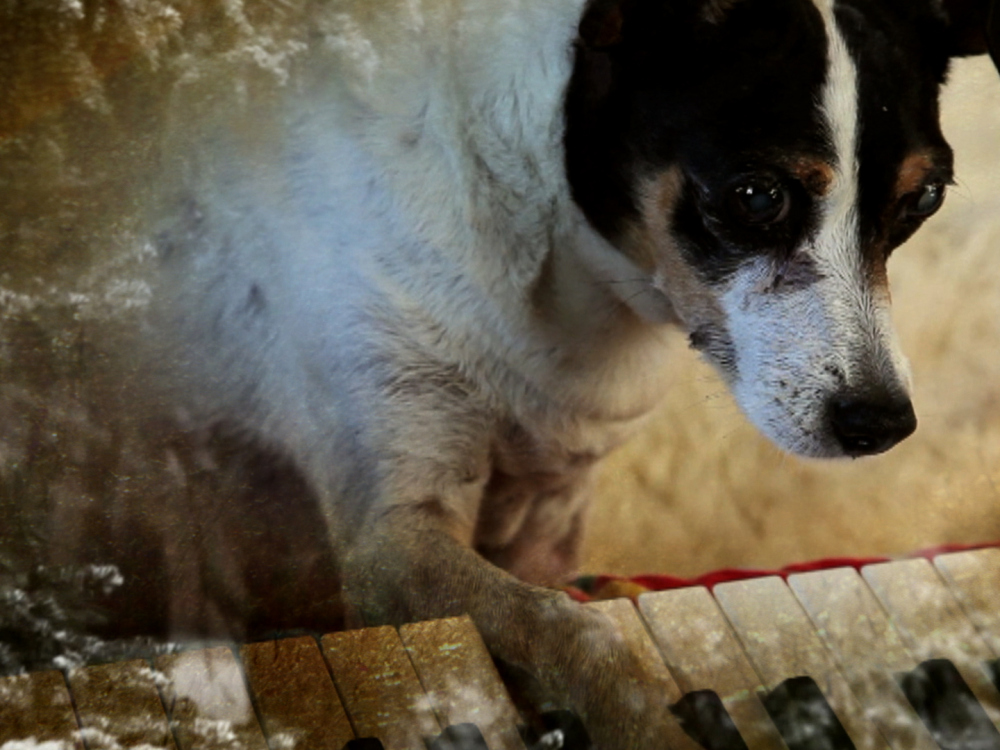
"Heart of a Dog," a meditative dream of a documentary by Laurie Anderson, takes on, in a very playful way, the biggest themes of all. It's about fear and paranoia and love, how to live and how to die, and the connection between love and death. It's very personal and very gorgeous, unspooling like a ribbon of time and memory. To watch it is to be inside a mind at play, or perhaps a dreaming mind. Despite the way all this sounds, it's a joy: quite unsentimental and really very droll, sometimes eerie.
Anderson has a way of looking at the world that's all her own, and I was pleased to be a part of her world for these 75 minutes. Performance artist, experimental musician, Anderson is foremost a storyteller, so I will let you discover the vivid stories she tells in this movie in her own voice. Hers is an honest midwestern voice (she's from Glen Ellyn), a voice I connected with in my teenage years, dreaming along to albums like Big Science and Home of the Brave. A wise voice, warm.

We see Anderson's West Village neighborhood from her departed dog's point of view. This is Lolabelle, a very fine rat terrier, who could paint, play piano, and sculpt. Lolabelle-cam sniffs up and down the sidewalk, and we meet pooches at doggy-level, including a bulldog who snuffles the lens. We stick our muzzles into neighbors of Laurie and Lou (Reed, that is, her departed husband). We scurry into shops. To a dog, every day is the best day ever. Every walk is the best walk ever. We humans are much more complex. So complex, in fact, that we can't even learn this most facile way of living.
Big Brother has long been a theme of Anderson's work. Around the same time she premiered this film, she presented a sculpture/video installation in New York City called "Habeas Corpus," about Mohammed el Gharani, one of the youngest detainees at Guantanamo Bay, featuring music by Syrian singer Omar Souleyman. In "Heart of a Dog" she contrasts the ties that bind in her neighborhood with the NSA's new Data Center. Sprawling in the Utah desert, it is the world's most vast temple to the post-9/11 surveillance state. Massive data collection, a lot of it in "the cloud." So many voices and stories. What if our stories mix together?, Anderson wonders. Words flit by on the screen. Traces of data in the air, like heat lightning.

Lolabelle and Laurie go hiking in the mountains in Northern California. After she almost gets spirited away by hawks, the terrier realizes for the first time that danger can come from the sky, her beautiful sky. There is a new look in her eyes, the same one Anderson sees in the eyes of her neighbors, post-9/11. Will they ever look at the sky the same way again? Will we begin to fear our neighbors, spy on them? Cameras begin to appear all over her neighborhood.
When Lolabelle goes blind, it inaugurates one of the pup's most fertile creative periods. She even plays the piano in concert. Then we get an unblinking look at her death, at home. Anderson has read deeply in the Tibetan Book of the Dead, and its concept of the "bardo," a 49-day interval between death and rebirth, during which the mind dissolves, animates the film. After Lolabelle dies, Anderson beings to keep a double diary: what's going on in the real world, and what's going on in Lolabelle's journey through the bardo. I suppose what "Heart of a Dog" is about, in some ways, is the soul. We see bodies only fleetingly; Anderson herself is here mainly as a disembodied voice. Lou is here almost as a ghost: the film's secret spirit. As Anderson's mother lay dying, the last conversation she had was with the animals who had gathered on her ceiling.
Close your eyes. Now open them.
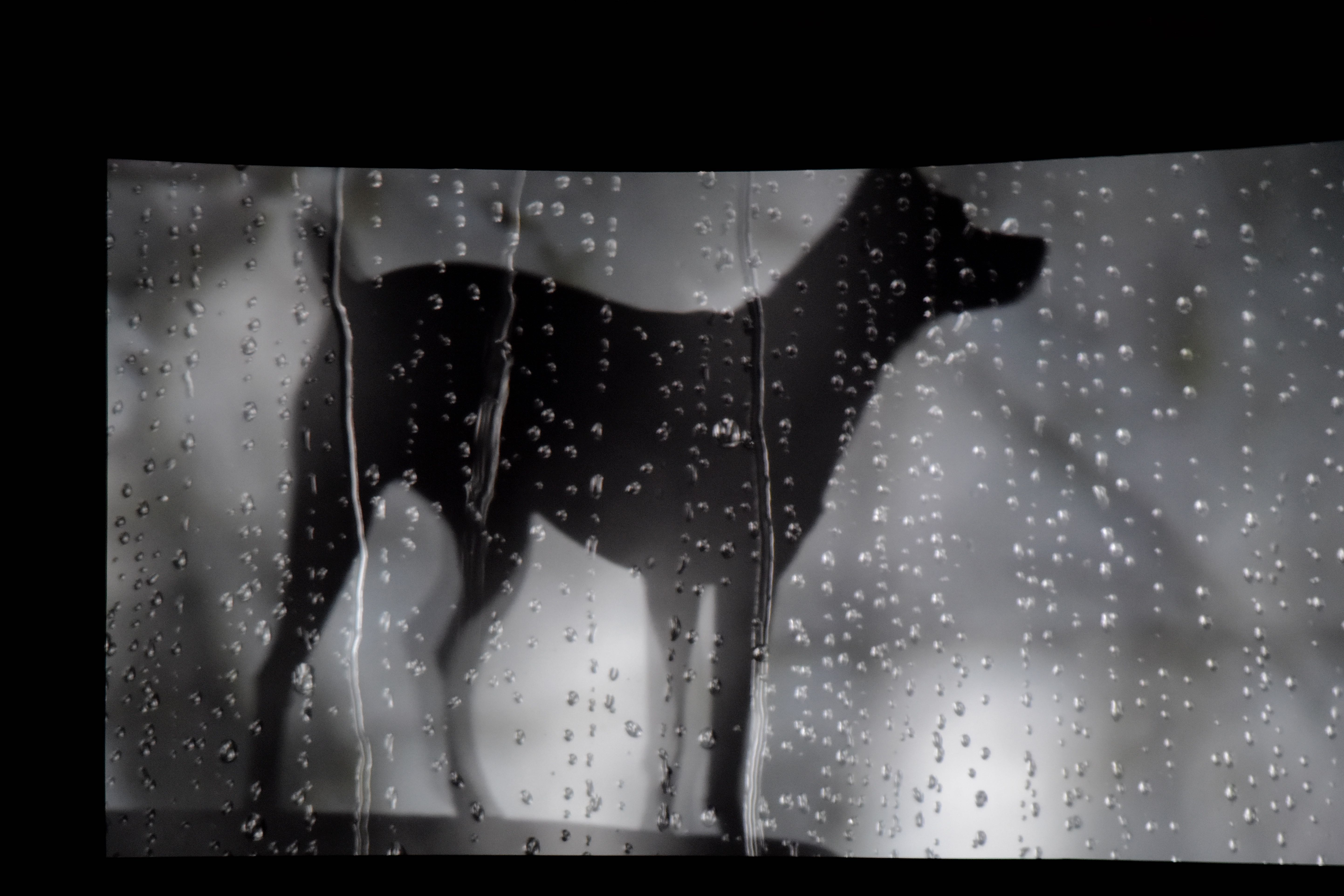
Anderson made the film with her iPhone and other small cameras. Viewers who are conversant with, say, Godard's essay films, or the work of Agnes Varda, may be somewhat prepared for the homemade mode Anderson uses in "Heart of a Dog." It is the same kind of dense tapestry, interweaving home movies, philosophy, wordplay, language criticism, acted interludes, animation, a hypnotic, starkly beautiful score composed by Anderson and drawn from her lengthy career, and paintings such as Goya's "The Dog," which I myself have stood in the Prado and peered into, with its head of a lonely little dog looking out into an ochre void.
The seasons pass, seen often through an odd layer like a rain-streaked windshield. We see spindly, black tree branches overhead, and power lines against a vast sky, now blue, now gray. She tells us she was a sky worshipper as a child: that great Midwestern sky. Snow falls softly in the woods. Now we are at a day at the beach. Lolabelle is running along the tide, the only place she would ever run after she went blind. We get just a glimpse of Lou, sitting on the sand as the camera swings past him, then reels out into the sky as the tide comes rushing in over the tops of our heads. (Anderson has turned the camera upside down.) Over the end credits, she plays Lou's warm "Turning Time Around," one of my favorites, and it speaks right into our hearts, and Anderson's as well.

After the film, Karolyn commented that she'd like to hear Anderson read "The Giving Tree." It's a book I confess I've never been able to get through without crying. It wasn't until I thought about it that I realized how appropriate Karolyn's idea was. In the book, the tree, of course, gave everything, and giving, finally, is what "Heart of a Dog" is truly about. After Lolabelle dies, Anderson's meditation teacher instructs her thusly: when you think of Lolabelle, always give something away. She replies, but then I won't have anything left.
So? replies her teacher.
Rating: ****
Key to ratings:
***** (essential viewing)
**** (excellent)
*** (worth a look)
** (forgettable)
* (rubbish!!)
